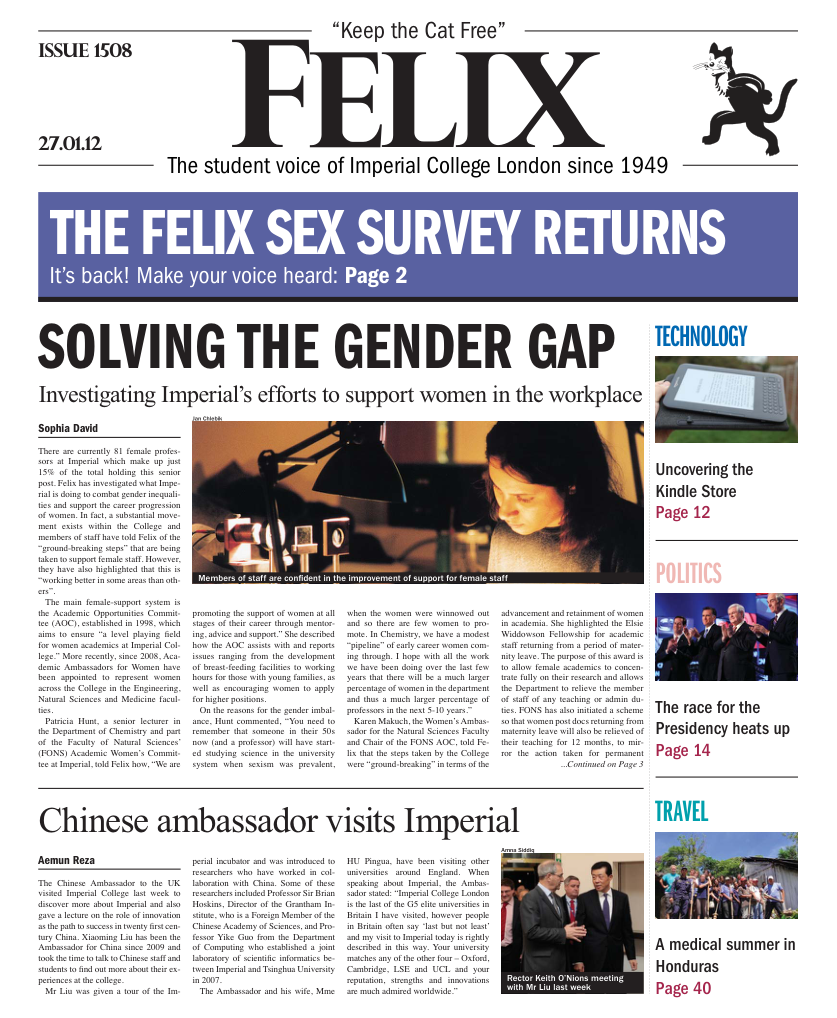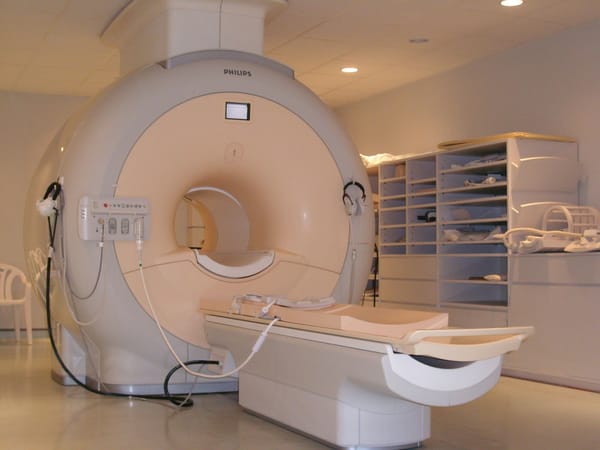Nano-ear can hear microorganisms
Scientists create nano ear which can pick up sounds
Is there something more we can learn from the sounds emitted by bacteria and viruses? Even though microbes cannot ‘speak’ in the way that animals can, scientists believe that there is a lot to learn from the noises produced when small organisms move around. Until now, these vibrations had always been thought too weak to be picked up by any conventional device. This is why optical physicist J. Feldmann and the Photonics and Optoelectronics Group at the University of Munich recently developed the world’s tiniest ear. The ‘ear’ is a particle of gold, 60 nanometres in diameter, that by vibrating in response to passing waves can provide useful information about very faint sounds. This method exploits some basics principles of physics: when a wave passes through a medium, particles in the medium respond by oscillating with the same frequency of the wave. By studying the response of the gold particles to sound waves, researchers are able to investigate the nature of the vibration. One of the gold particles is immersed in water and held in place by a laser beam that serves as ‘optical tweezers’ – a technique invented in 1986 and widely used in modern molecular biology and genetics. Energetic pulses of light are then fired at similar particles trapped around it with the same method. By heating up, they generate a disturbance in the water, leading to a compression-decompression process that generates a sound wave. Scientists are thus able to analyze the movement of the first particle (the ‘nano-ear’) and gather information around the nature of the wave. By varying the frequency and the orientation of the light pulses, the scientists saw that the particle would match the new frequency and align its vibration with the new direction. Dr. Ohlinger, one of the authors of the study, claims that this nano-microphone “allows us to get closer than ever to microscopic objects.” Never had it been possible to have such a great sensibility before, affirms co-author Dr. Lutich: results showed that the nano-ear could pick up sounds down to about minus 60 decibels – an intensity one million times smaller than what the human ear is able to detect. This technology could lead to a new and revolutionary way to study the microscopic world. As well as helping us understand better the way microorganisms function, it could also be implemented in the study of cells affected by certain diseases. For example, red blood cells vibrate less if infected with malaria than healthy ones. However, there are still some problems scientists will need to solve. One of the major issues appears to be the capacity to distinguish between sound waves and other type of vibrations such as the ones caused by random molecular movements. Biophysicist Dr. Oddershede of the Niels Bohr Institute in Copenhagen, told the journal Science that the project still needs to go through a long process of refinement before acoustic microscopy can become a reality. She is nevertheless quite optimistic about its future: “It’s a really interesting idea, and […] this paper is very inspiring. I do believe they can relatively quickly improve the equipment.” Despite these initial difficulties, the researchers are convinced that we are on the right path not only to see, but also to hear what the world of microorganisms has to tell us. DOI: 10.1103/PhysRevLett.108.018101







